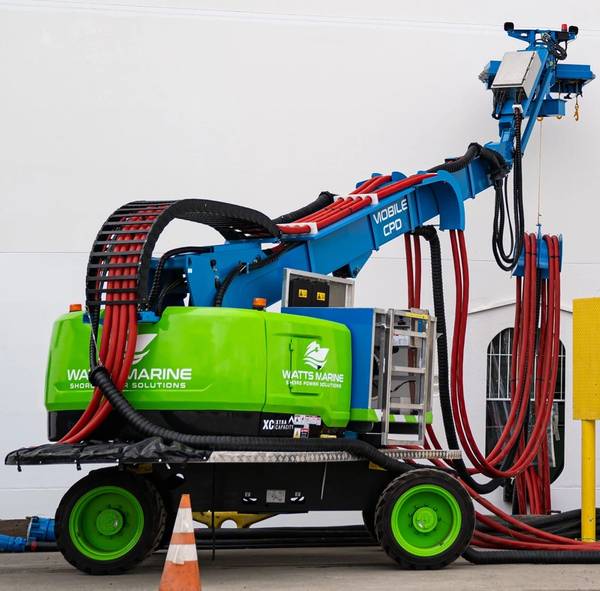
The Port of Seattle is installing a third shore power system at Pier 66, making it the world’s first port with three of the systems for cruise ships. The technology can significantly reduce emissions and improve air quality by allowing ships to connect to electricity and turn off diesel engines while at the dock.
The port operates the largest and fastest-growing cruise port on the West Coast with more than 200 vessels in a typical season between April and October. Adding a third shore power system is a major component of the port’s Waterfront Clean Energy Strategy, which will help improve air quality in historically underserved communities, modernize and optimize grid resources, support green maritime industry investments, increase resiliency of critical port infrastructure, and spur growth and employment in electrification, renewable fuels, and the clean technology sector.
The new shore power connection is expected to be fully operational by the 2024 Alaska cruise season.
The contract for the shore power system components was awarded in November 2022 to Kingston, Wash.-based integrator Watts Marine. To date, the company has installed 10 shore power systems globally at ports in Seattle, San Diego, San Francisco, Halifax, Vancouver B.C., Brooklyn, and Long Beach. An estimated 700 cruise ships connect to Watts Marine’s shoreside electrical power equipment each year.
Each shore power system consists of proprietary equipment developed specifically to serve the cruise ship industry. This includes equipment for dual-voltage electrical service, custom-developed electrical cable handling, and electronic monitoring and control.
The Port of Seattle will also use Watts Marine’s Mobile Cable Positioning Device (CPD), which facilitates shore power connections by moving the cabling strategically to the ideal location.
The mobile cable positioning device can be used with any shoreside electric power systems, not just Watts Marine installations. The unit is designed to allow the operator to strategically position the Mobile CPD, then plug into shore power cables on the back side while extending the cables from the end of a boom. The vessel’s crew can then reach out, pull the power cables in, and plug them into their connection box.
Once the connection has been made using the mobile CPD, the Watts Marine shoreside operator then selects the ship to be connected from the database in the automation system, which determines the proper operating parameters. Protection relays and redundant safety systems ensure the safety of the ship and shore electrical systems.
Watts Marine’s custom software also allows the specialists in its dedicated control center in Seattle to oversee every connection. All the ship’s systems then run on shore electricity instead of its diesel engines, virtually eliminating fuel emissions while in port.


